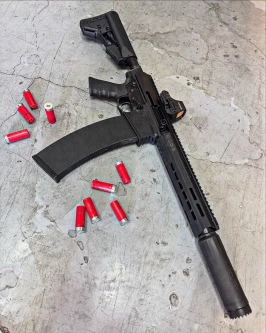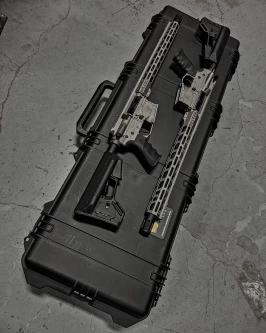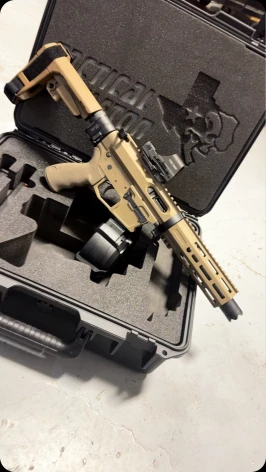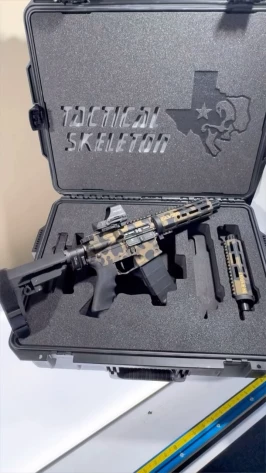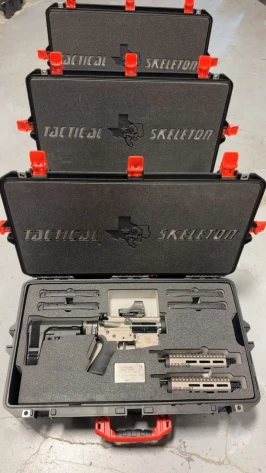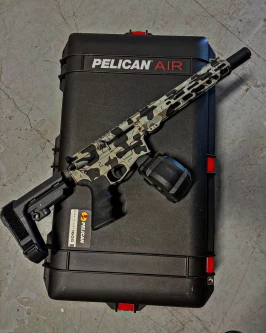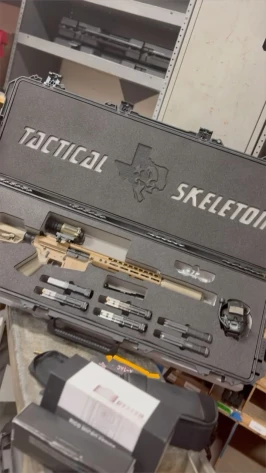Precision shooting requires a combination of skill, knowledge, and the right equipment. Among the key tools for shooters is a high-quality rifle scope, often equipped with various reticles designed to aid in range estimation. Understanding how to use different scope reticles for accurate range estimation can significantly enhance your shooting prowess. In this blog post, we'll delve into the world of range estimation and explore the nuances of utilizing different scope reticles.
I. The Basics of Range Estimation: Before we delve into the specifics of scope reticles, let's establish a foundational understanding of range estimation. Range estimation involves determining the distance between you and your target. Accurate range estimation is crucial for making precise shots, especially at extended distances.
II. Mil-Dot Reticle: One of the most common reticles for range estimation is the Mil-Dot reticle. This reticle features evenly spaced dots along both the vertical and horizontal crosshairs. The term "Mil" stands for milliradian, which is a unit of angular measurement. Each dot represents a specific angular measurement, making it possible to estimate the distance to the target based on its size.
III. BDC (Bullet Drop Compensator) Reticle: BDC reticles are designed to compensate for bullet drop at different distances. These reticles often feature additional aiming points below the central crosshair, each corresponding to a specific range. By aligning the target with the appropriate aiming point, shooters can compensate for the bullet's trajectory and achieve accurate shots without manually adjusting the scope.
IV. Horus Reticle: Horus reticles are known for their intricate design, incorporating a combination of hash marks and dots. These reticles provide a wealth of information for range estimation, windage correction, and target leads. Shooters can use the Horus reticle's unique features to quickly assess and adapt to changing shooting conditions.
V. Christmas Tree Reticle: The Christmas Tree reticle, aptly named for its tree-like appearance, is gaining popularity for long-range shooting. It typically features a central crosshair with additional horizontal and vertical markings resembling tree branches. These markings assist shooters in compensating for both bullet drop and windage, offering a comprehensive solution for accurate range estimation.
VI. Importance of Consistent Magnification: Regardless of the reticle type, maintaining a consistent magnification level is crucial for accurate range estimation. Changes in magnification can alter the apparent size of the target, leading to inaccuracies in range estimation. Shooters should practice using their chosen reticle at various magnification levels to develop a consistent and reliable technique.
Mastering range estimation with different scope reticles is a valuable skill for any precision shooter. Whether you opt for a Mil-Dot, BDC, Horus, or Christmas Tree reticle, understanding the principles behind each and practicing consistently will enhance your ability to make accurate shots at varying distances. Invest time in learning your chosen reticle, and you'll find yourself hitting targets with unparalleled precision.
